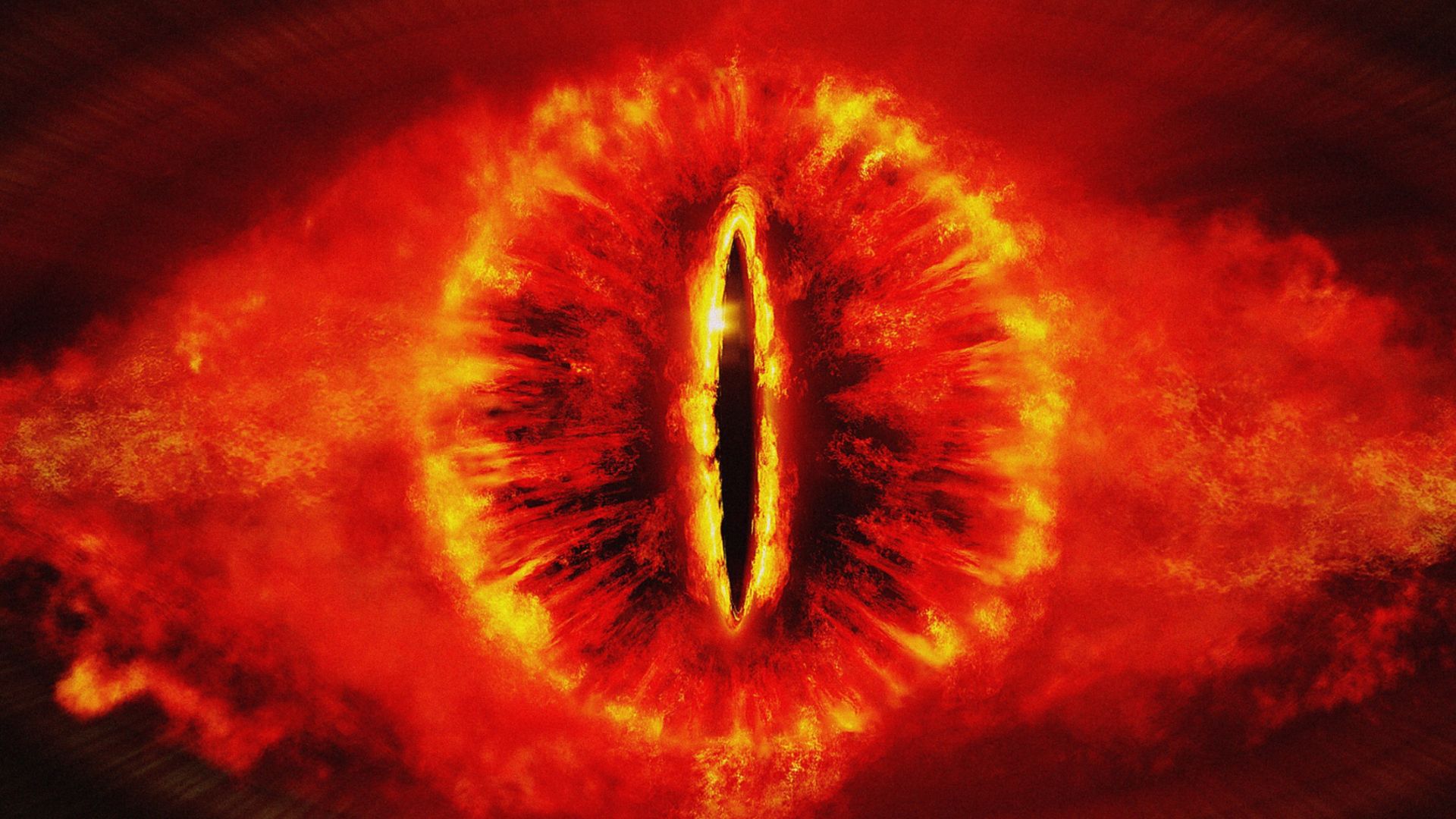
While the Lord of the Rings films are remarkably true to the books, they still couldn’t include everything. J.R.R. Tolkien’s world is incredibly rich, and it’s even larger when you consider the extra material his son, Christopher Tolkien, compiled from his father’s notes. This means there are thousands of pages of background stories and details that fans can explore beyond what was shown in the movies.
Peter Jackson’s movies generally follow the main story and capture the spirit of Tolkien’s world, but they’ve also led to some misunderstandings about how it actually works. One example is Sauron, who isn’t depicted as a giant, flaming eye in the books – he doesn’t physically appear at all. However, the Orcs are arguably the most misrepresented characters in the films.
How Tolkien’s Orcs Differ From ‘The Lord of the Rings‘ Movie Version

New Line Cinema
Let’s clear up a common misunderstanding about Orcs. The movies often treat Orcs and Goblins as separate creatures, and popular fantasy games like Warhammer and World of Warcraft reinforce this idea. However, in Tolkien’s world, Orcs and Goblins are actually the same thing. Tolkien used the terms interchangeably; he just tended to use ‘Goblin’ more often in The Hobbit and ‘Orc’ in The Lord of the Rings.
The film adaptation made a significant change to the Uruk-hai, portraying them as a mix of Orcs and what are called “Goblin-men.” However, in J.R.R. Tolkien’s books, Saruman created Half-orcs by breeding Orcs and Men. The Uruk-hai, though, are simply described as larger and stronger Orcs – not a specific hybrid. This difference contributes to a common misunderstanding, especially in a scene from The Two Towers where Uruk-hai clash with regular Orcs over the Hobbits. In that scene, the regular Orcs appear smaller and more mischievous, fitting the traditional fantasy image of Goblins.
Although J.R.R. Tolkien carefully crafted the language in his books, he intentionally left some details unclear. For instance, he hints that Goblin-men and Half-orcs are distinct groups, but never fully explains how they differ.
Saruman’s attempts to create stronger Orcs, specifically the Uruk-hai, have surprisingly caused a lot of people to misunderstand how Orcs reproduce. This became clear when viewers saw the Orc family in Amazon’s The Rings of Power, with many assuming Orcs were simply created from mud, like in The Fellowship of the Ring. However, according to J.R.R. Tolkien’s The Silmarillion, Orcs reproduce biologically, “having life and multiplying after the manner of the Children of Ilúvatar,” meaning they breed like Elves and Men.
Fans have different ideas about Orcs. Some think of them as simple, killing machines, while others believe they’re more complex. The latter view is closer to the truth. While Orcs are definitely twisted and prone to violence, they’re actually intelligent beings who can build communities and use language, similar to Elves and Men. Peter Jackson’s movies hint at this intelligence, showing Orcs with their own motivations, but it’s much clearer in the books, especially when you consider the background information in The Silmarillion.
Why ‘The Lord of the Rings’ Orcs Matter
It’s simple to see the Orcs as disposable enemies in The Lord of the Rings films, easily defeated in battles like Helm’s Deep and outside Minas Tirith. They’re usually shown as mindless followers, motivated only by their own desires. However, J.R.R. Tolkien’s Christian faith led him to think deeply about the nature of Orcs for many years, even after he finished writing The Lord of the Rings. In letter #153 from The Letters of J.R.R. Tolkien, he explains his thoughts on the matter.
Orcs aren’t actually as monstrous as they seem – they’re essentially beings of pure reason, even if deeply twisted. In fact, their corruption isn’t any worse than you’d find in many people today.
In letter #269, he writes:
When it comes to The Lord of the Rings, I’m not qualified to say whether my portrayal of orcs aligns with Christian theology or not. I didn’t set out to make my story conform to specific religious doctrines, although I did hope it would be compatible with Christian ideas. In fact, I wrote that Frodo believes orcs weren’t originally evil – you can find this on page 190 of Book Five. Essentially, we believe that, like all people, even those who seem beyond redemption, orcs had a starting point before becoming what they are.
Tolkien stated that although he didn’t intend to directly map his Christian beliefs onto Middle-earth, he did create the Orcs with his faith in mind. In The Return of the King, Frodo proposes that Orcs weren’t originally evil, a concept Tolkien supported by describing them as possessing souls – what he called ‘rational incarnate.’ While Elves have a clear afterlife in the Undying Lands, the fate of Orcs after death remains ambiguous.
J.R.R. Tolkien faced a difficult problem: how to make the killing of Orcs feel morally acceptable within his story. His religious beliefs suggested that even creatures with some sense of right and wrong – those possessing a soul – shouldn’t be killed, especially not in large numbers as depicted in the films. Tolkien struggled to resolve this internal conflict, and it remains a fascinating topic of debate among fans of The Lord of the Rings.
Read More
- Mobile Legends: Bang Bang (MLBB) Sora Guide: Best Build, Emblem and Gameplay Tips
- Clash Royale Best Boss Bandit Champion decks
- Brawl Stars December 2025 Brawl Talk: Two New Brawlers, Buffie, Vault, New Skins, Game Modes, and more
- Best Hero Card Decks in Clash Royale
- All Brawl Stars Brawliday Rewards For 2025
- Best Arena 9 Decks in Clast Royale
- Clash Royale December 2025: Events, Challenges, Tournaments, and Rewards
- Call of Duty Mobile: DMZ Recon Guide: Overview, How to Play, Progression, and more
- Clash Royale Witch Evolution best decks guide
- Clash Royale Best Arena 14 Decks
2025-11-08 23:12